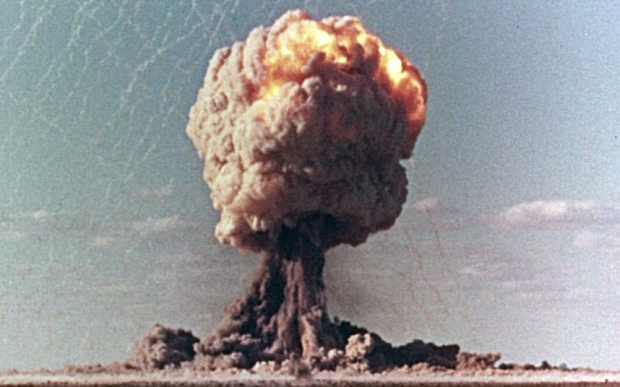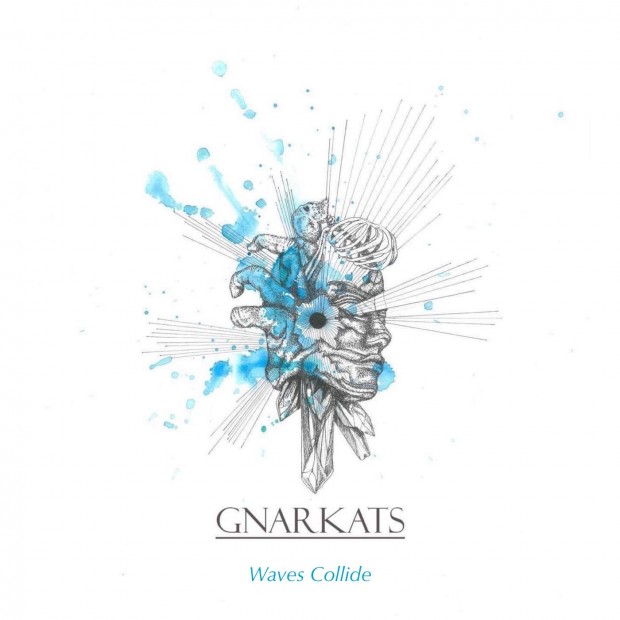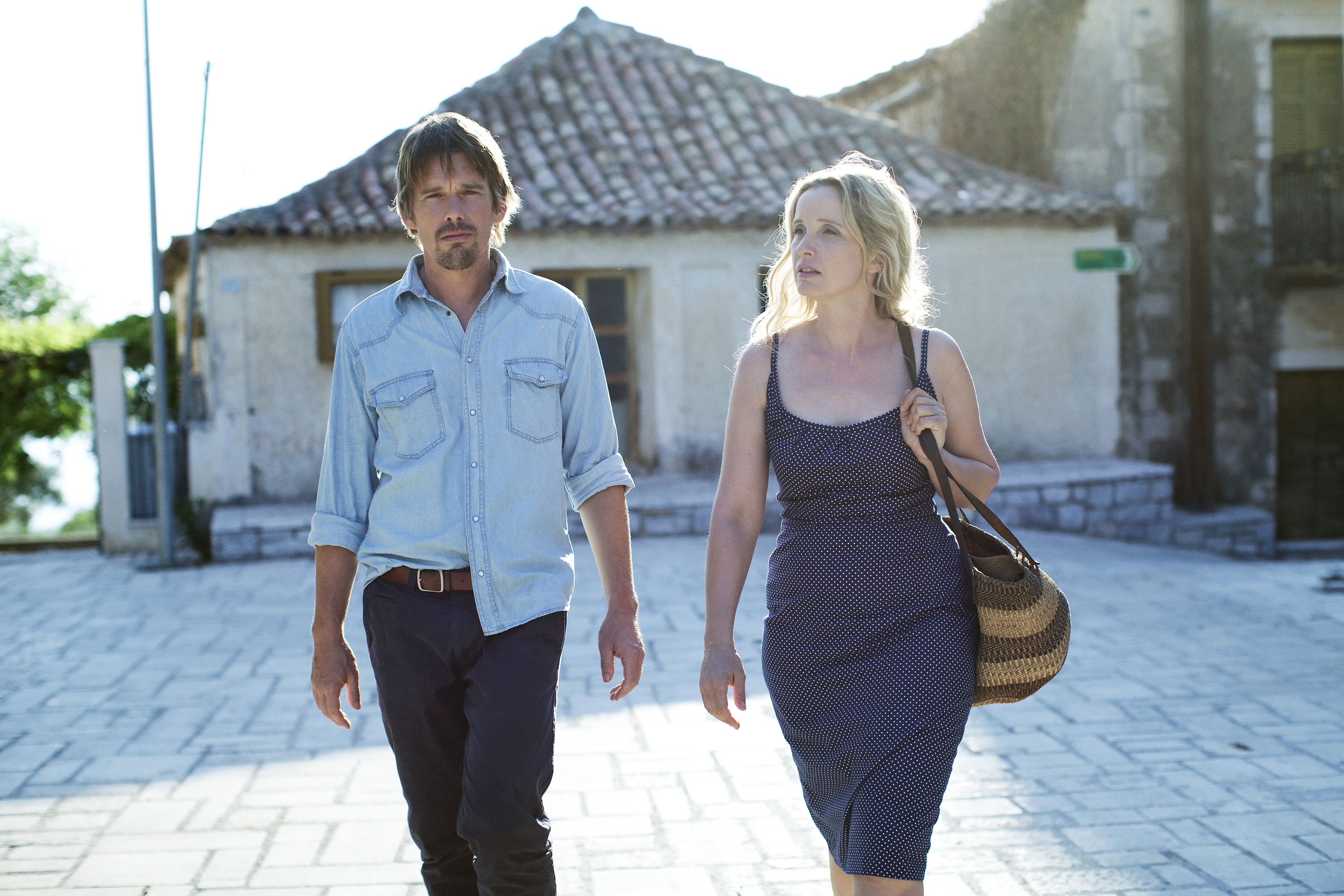Experimentation has never frightened Mark Cousins. He doesn’t cling to form and narrative the Eway many filmmakers and most of us mere mortals do, instead he challenges the medium and the audience. In Atomic: Living in Dread and Promise he has created a kaleidoscopic visual history of the atomic age that is part music video, part documentary, part avant-garde film, part dream and part nightmare. Accompanied by an illuminating and introspective score from Mogwai, that gives an even greater resonance to the film’s images, the result is pure cinema.
Created in 2015 to commemorate the 70th anniversary of the bombings of Hiroshima and Nagasaki, Atomic charts the fallout -in every sense of the word- that we as human beings have been dealing with ever since those fateful days in August 1945. Using entirely archive footage, Cousins creates a collage of often beautiful and occasionally haunting imagery that encompasses both the light and dark side of humanity.
The film begins as a kind of warning from history with an ominous, noir-like public service announcement from 1952, before transforming into a celebration of the wonder of nature and life, using microscopic and macro imagery of cells, flowers blooming and human life. The film bombards the audience with images using intensive editing, echoing the Soviet montage style of influential filmmakers like Dziga Vertov and Sergei Eisenstein. Snapshots of life- different cultures, faces young and old, cities- give way to images of great scientists and then, finally, the atom bomb- changing the tone abruptly from hope and wonder to darkness and foreboding.
Cousins handles the depictions of the US military’s bombing of Japan with a deft, subtle touch. Despite the abundance of imagery of suffering and destruction at his disposal, the director shows restraint and precision, choosing his images carefully- a young shivering child in the aftermath of the bombing being one of the most haunting pictures the audience leaves the film with.
Similarly, Mogwai’s music that accompanies these scenes- rather than loud and violent, reflecting the explosions- is discordant and almost silent, letting the images speak for themselves. As Cousins builds the film back up in mood from this point on, taking in nuclear protests, the Cold War, the Space Race, various nuclear disasters and numerous benefits and advances in medical science, the music plays a key part in navigating the film’s tonal shifts. More than that though, Mogwai’s sound comes to represent both the dread of wonder of the nuclear age- both life and death.
While the largely black and white imagery can feel disconnected and eons ago, the film really sparks an emotional connection with its audience in the archival interviews with ordinary people in the medical science and Chernobyl sections. An emotional connection that blooms as the film builds to its conclusion with a series of visual callbacks and an increasingly evocative score by Mogwai.
Atomic may chime most with those who, like Cousins himself, experienced the era firsthand, but there is no denying the film’s imagery is as potent as ever. A visceral and visual experience, rather than an informative documentary per se, Cousins captures the feeling of living under the shadow of atomic catastrophe in this immersive, primal experience that the dark auditorium of the cinema was made for. Richard Davis
Atomic: Living in Dread and Promise is screening at QFT in Belfast as part of a nationwide cinema tour on Sunday 6th November.





